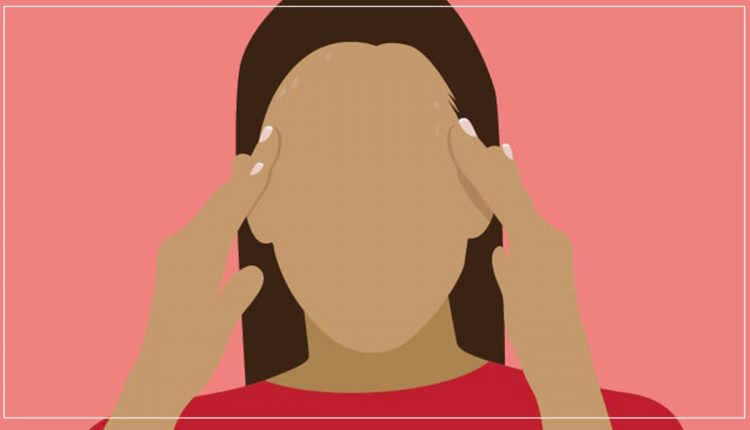
How do you know if you are having a panic attack?
Having a panic attack is a truly terrifying experience. Panic attacks can happen without any warning or reason, causing an individual to have a sudden onset of extreme anxiety and fear for about 10 minutes or more.
Most panic attacks end within 30 minutes and others rarely last for more than an hour. They usually begin during late teens and early adulthood and are twice more common in women than in men.
Symptoms of panic attacks are usually physical and very similar to that of having a heart attack; this causes the people suffering from panic attack to make several trips to their general physician or an emergency room in an attempt to seek treatment for what they believe is a life-threatening medical emergency.
Although it is important to rule out medical causes of symptoms such as chest pain, palpitations or difficulty in breathing, it’s often a panic attack that is overlooked as one of the possible causes.
Maria*, a 22-year-old student, described her condition saying,
“When I get panic attacks, I can’t breathe properly, I feel like something is there in my throat and I can’t swallow. My heart is pounding and I am sweating and trembling, thinking that I am going to die. I have been suffering from this for quite some time but I am relieved to learn that my condition is curable and I can lead a normal life.”
Nobody knows what causes a panic disorder but researchers believe it is a combination of biological and environmental factors which includes a person’s family history (panic disorder is seen to run in families), alcohol abuse, substance abuse, stressful life experiences (death of a loved one etc) or a thinking pattern that causes exaggerated responses to normal situations, for example the fear of a plane crashing while on board a flight can trigger a panic attack.
According to Dr Barbara O Rothbaum, PhD, professor of psychiatry at Emory University, U.S,
“You might feel anxious about work-related problems, taking a big exam, making an important decision. But someone who suffers from panic disorder may react to those same moderate pressures with an exaggerated physical reaction as if he or she were to be attacked by a wild tiger or fall from a great height. It’s a full on adrenaline-pumping fight or flight response.”
Having difficulty in breathing, chest pains, pounding sensation in the chest, choking or smothering sensation, dizziness, sweating, trembling and an extreme fear of losing control or of imminent death are some of the major symptoms of having a panic attack.
There are no lab tests for diagnosing a panic disorder, however, once your general physician performs a complete evaluation of your physical health and finds no illness, you may be referred to a psychiatrist or a psychologist, someone who is a mental health professional, trained to diagnose and treat mental health illnesses.
A combination of therapies is used to treat panic disorder, which include psychotherapy, cognitive behavioral therapy or biofeedback therapy that helps to change a person’s response to a stimulus. Medications include antidepressants and anti-anxiety which also helps in managing panic attacks. Relaxation techniques such as deep breathing exercises and positive visualization may also help a person during a panic attack.
Life style changes which include limiting the intake of alcohol or caffeine, daily aerobic exercise, doing yoga, eating a well-balanced diet have also shown to benefit those having panic attacks.
Panic disorder is one of the most treatable of anxiety disorders and the fear of having an attack need not hamper one’s daily activities or quality of life. By seeking proper medical assistance and practicing relaxation techniques, one can live an enjoyable and a fruitful life.
*Names have been changed to protect identities
About the author: Dr. Nida Rahman Khan is a graduate of Dow Medical College and she is currently pursuing USMLEs to get residency for psychiatry in the US.


